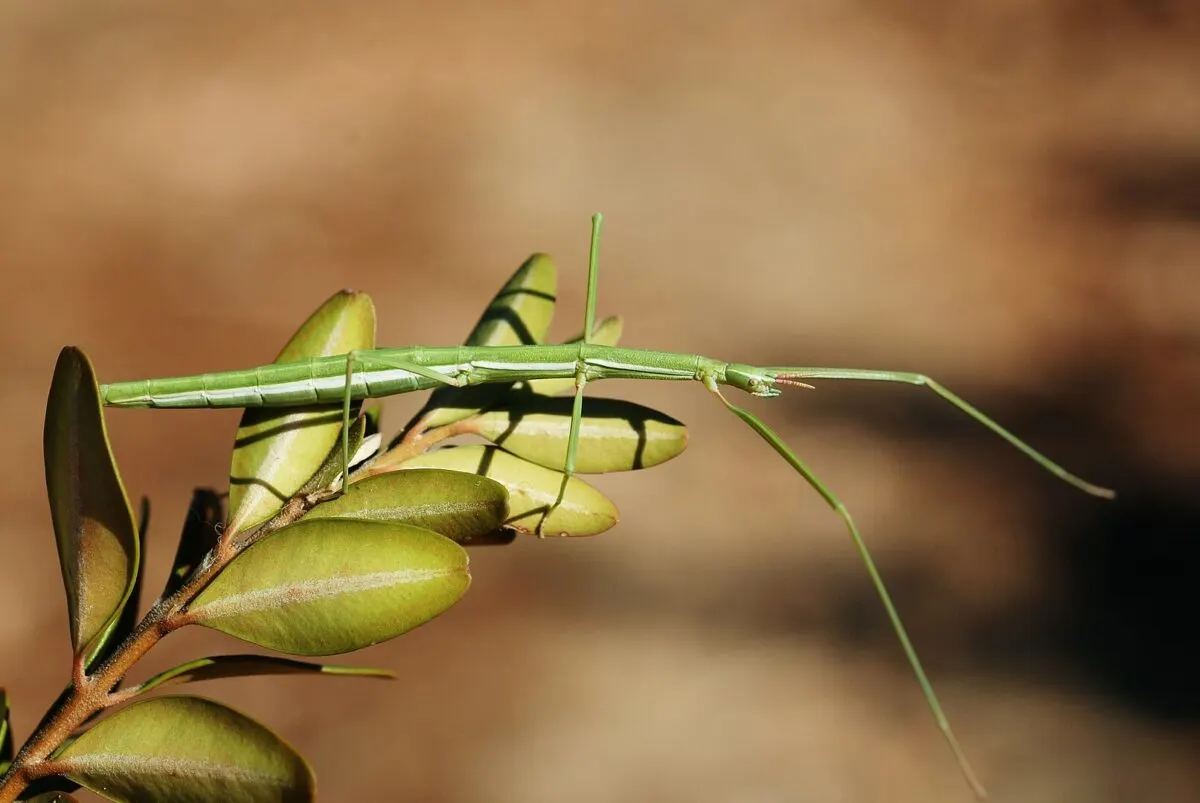Have you ever been fascinated by the animals able to blend into their environment?
If you want to know more about these camouflaged critters, start with our top ten list of Camouflage Animals. From the advanced mimic octopus to the leafy seadragon, each creature on this list has its unique technique for camouflaging itself from predators.
1. Mimic Octopus
The mimic octopus is an amazing creature known for its ability to mimic other animals’ physical appearance and behavior to blend in with its surroundings and avoid predators. Found in the waters of Southeast Asia, the mimic octopus can mimic the shape and movement of other sea creatures, such as lionfish and sea snakes. In addition, it can also puff itself up to resemble a banded sole or flatfish or even spread its tentacles to resemble a jellyfish. With these unique abilities, the mimic octopus is a fascinating example of some animals‘ incredible camouflage abilities.
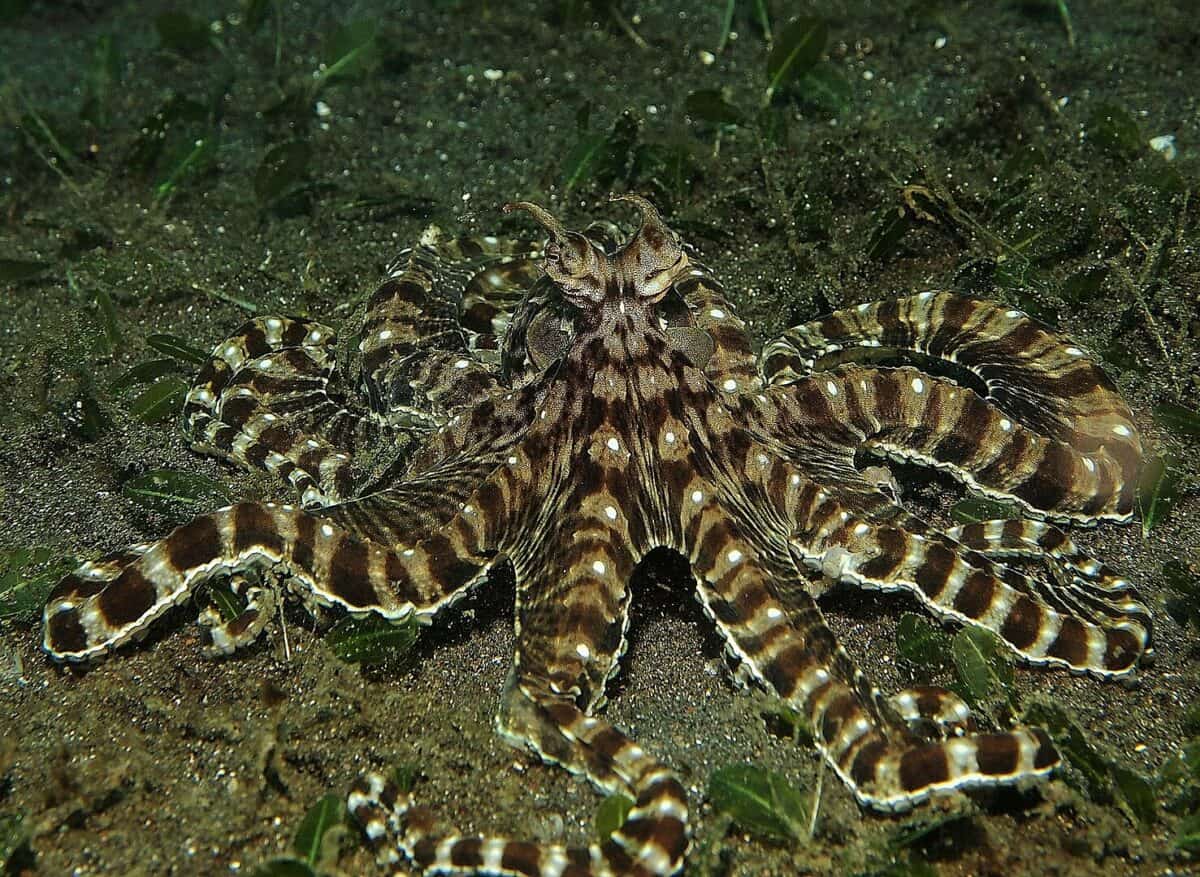
2. Uroplatus phantasticus
Uroplatus phantasticus, also known as the satanic leaf-tailed gecko, is a master of disguise and one of the best examples of camouflage in the animal kingdom. This small lizard possesses a distinctive appearance that seamlessly blends into its environment.
The gecko’s flat, leaf-shaped body and intricately patterned skin mimic the texture and color of leaves and tree bark. Adapted for a life in the trees, Uroplatus phantasticus uses its camouflage to remain hidden from danger. Its incredible ability to blend in has earned it a reputation as one of the world’s most elusive and fascinating creatures.
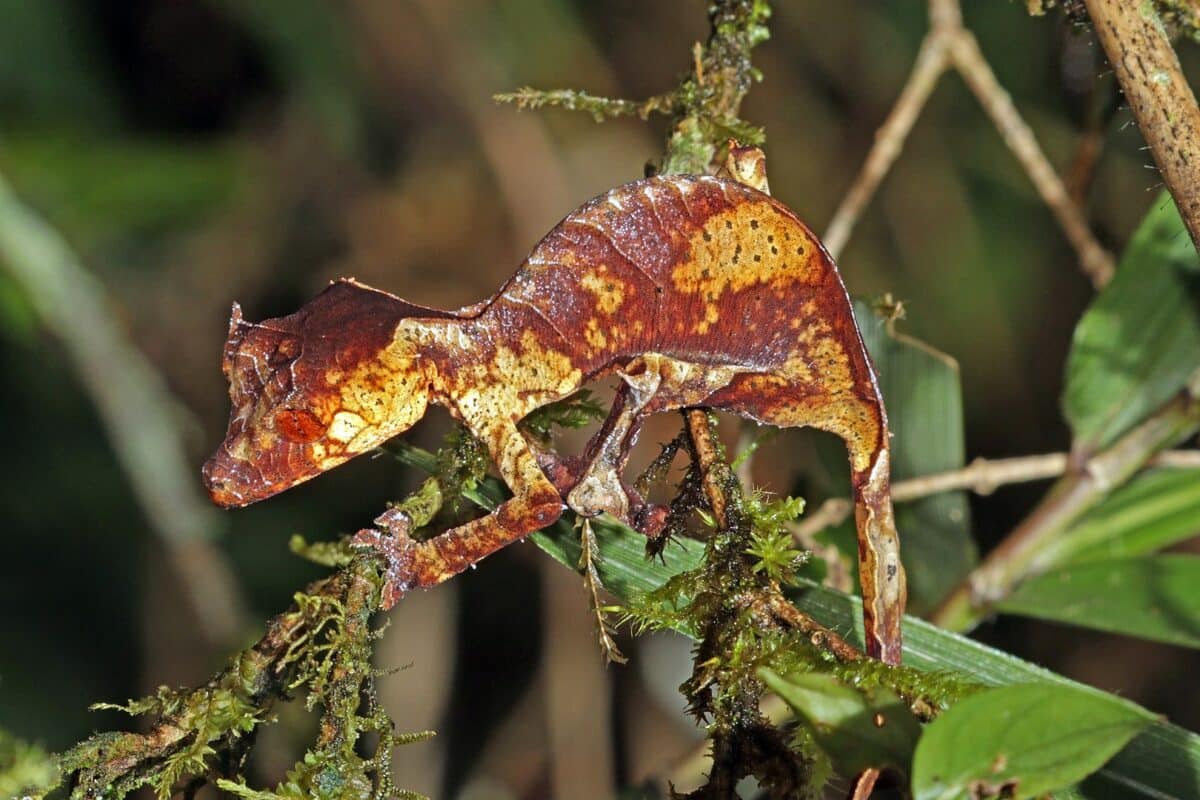
3. Chameleon
Chameleons are fascinating creatures that can blend in seamlessly with their surroundings, making them perfect examples of camouflage animals. Their skin changes color according to their mood, environment, and temperature, helping them hide from predators or hunt prey. Chameleons also have unique physical adaptations, such as their incredibly agile tongues, which can stretch up to twice the length of their body. It makes them exceptional hunters, able to snatch insects from a distance with incredible precision.
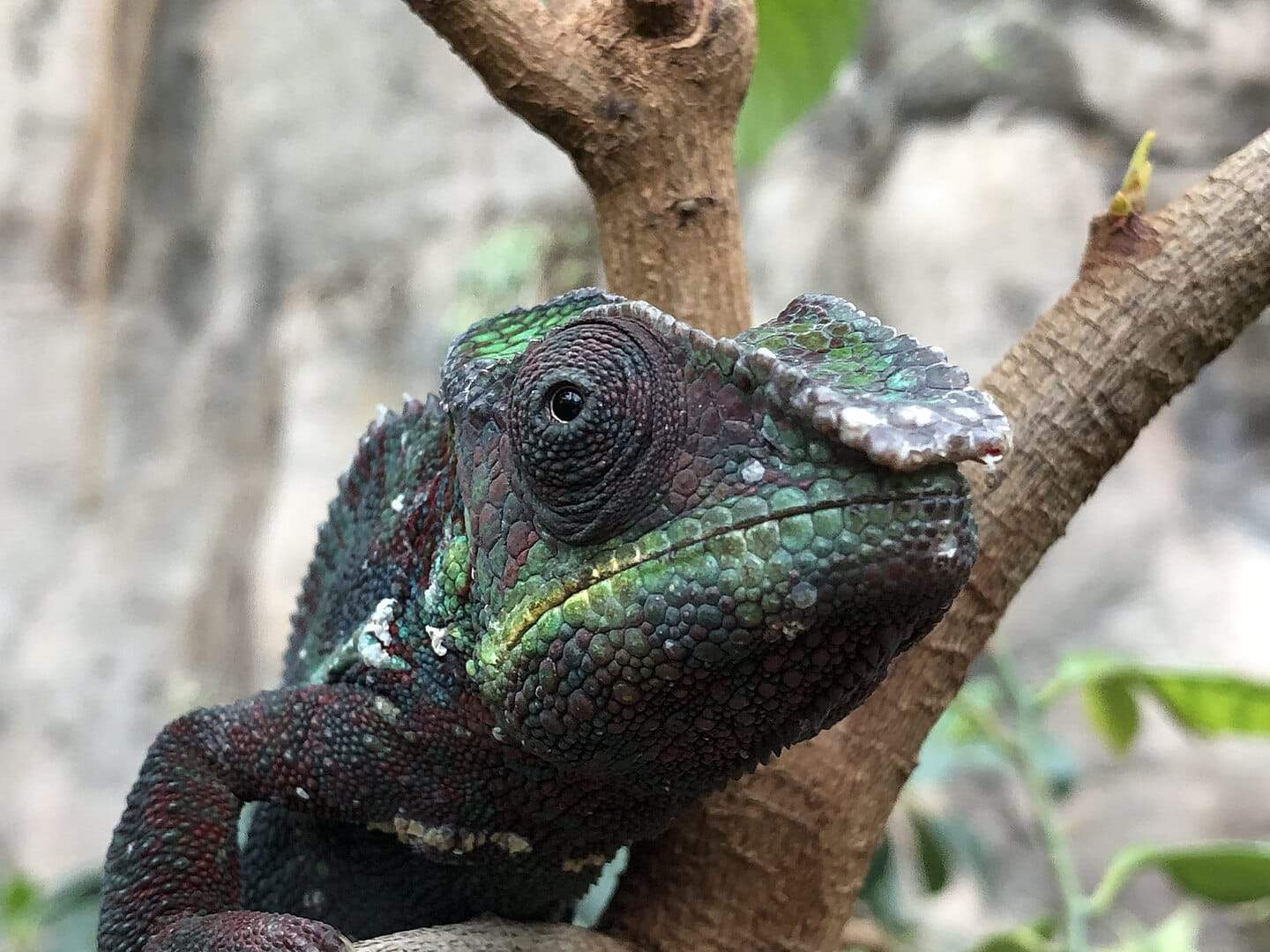
4. Stick Insect
Stick insects are truly remarkable creatures when it comes to camouflage. With their elongated, slender bodies and delicate limbs resembling twigs, these creatures effortlessly blend into their surroundings, rendering them nearly imperceptible to potential predators. Some stick insects can change color to match the branch or leaf they are perched on.
This ability to mimic their environment is not just impressive to observe; it is also a crucial survival tactic for these insects. Stick insects would be easy prey without the ability to hide from predators. So next time you’re walking in the woods, keep a keen eye out for these masters of disguise – you might just be surprised by how many you spot hiding in plain sight.
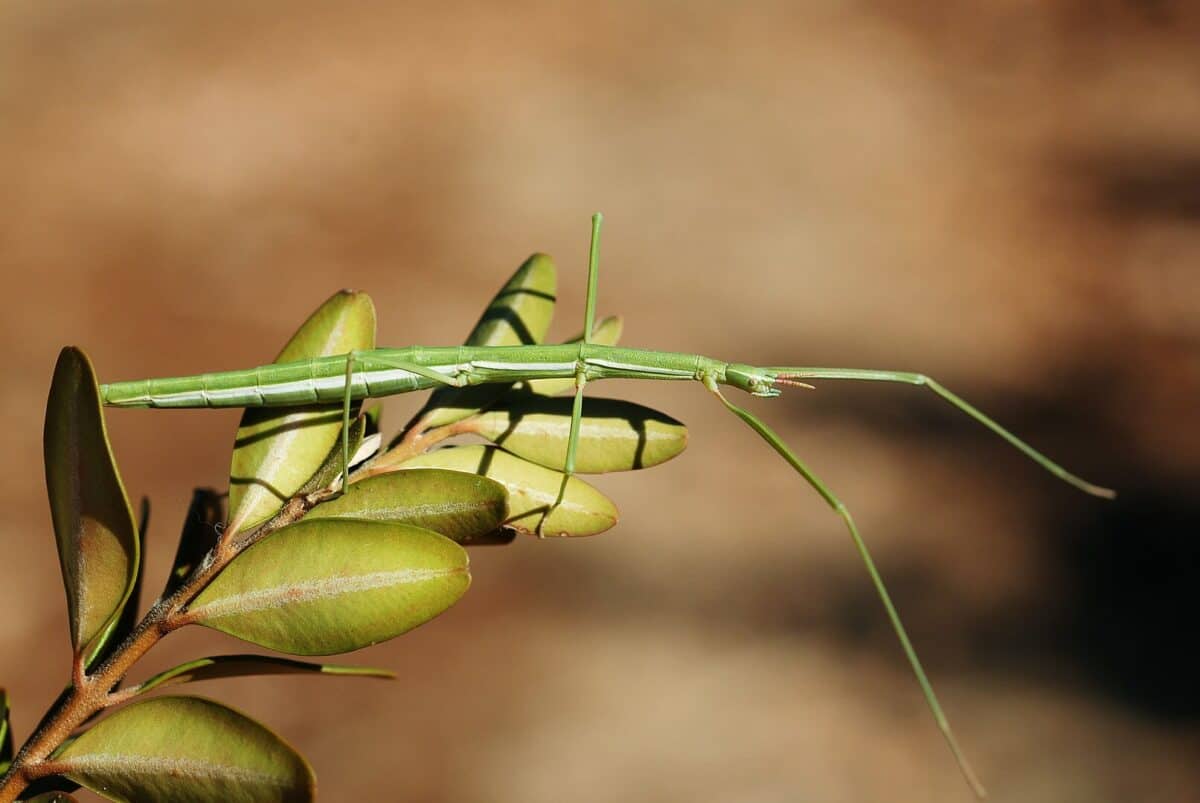
5. Cuttlefish
Cuttlefish possess extraordinary and captivating characteristics that set them apart as remarkable creatures in the marine world. Their remarkable capability to alter their color and texture, allowing them to blend into their environment seamlessly, showcases their mastery of camouflage. Cuttlefish can even adjust the depth of their eyes to help them blend in better.
These incredible creatures can control the shape and texture of their skin in a way that makes them almost invisible to predators. Whether you’ve seen them in the wild or in photographs and videos, cuttlefish will surely capture your imagination.
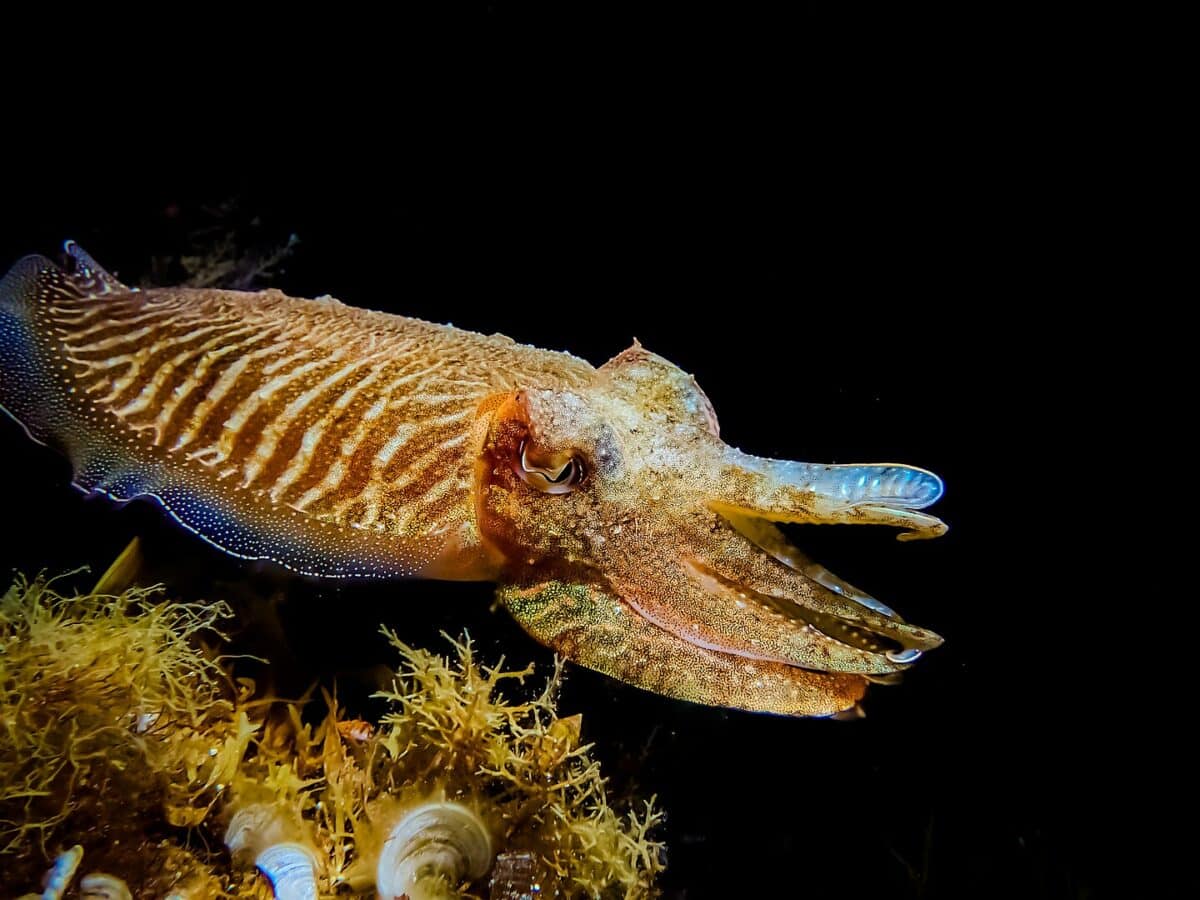
6. Leafy Seadragon
The leafy seadragon is a master of disguise, blending seamlessly into its surroundings thanks to its intricate pattern of seaweed-like appendages. This species, found exclusively in the waters of southern Australia, is a true marvel to behold for divers. Despite growing up to 14 inches in length, these gentle creatures make it challenging for predators to spot them.
The leafy appendages protect them from predators, as their small size and flimsy shape make them difficult to swallow. The leafy seadragon is truly a triumph of evolution. A reminder that some of the world’s most beautiful creatures possess remarkable adaptations to enhance their survival.
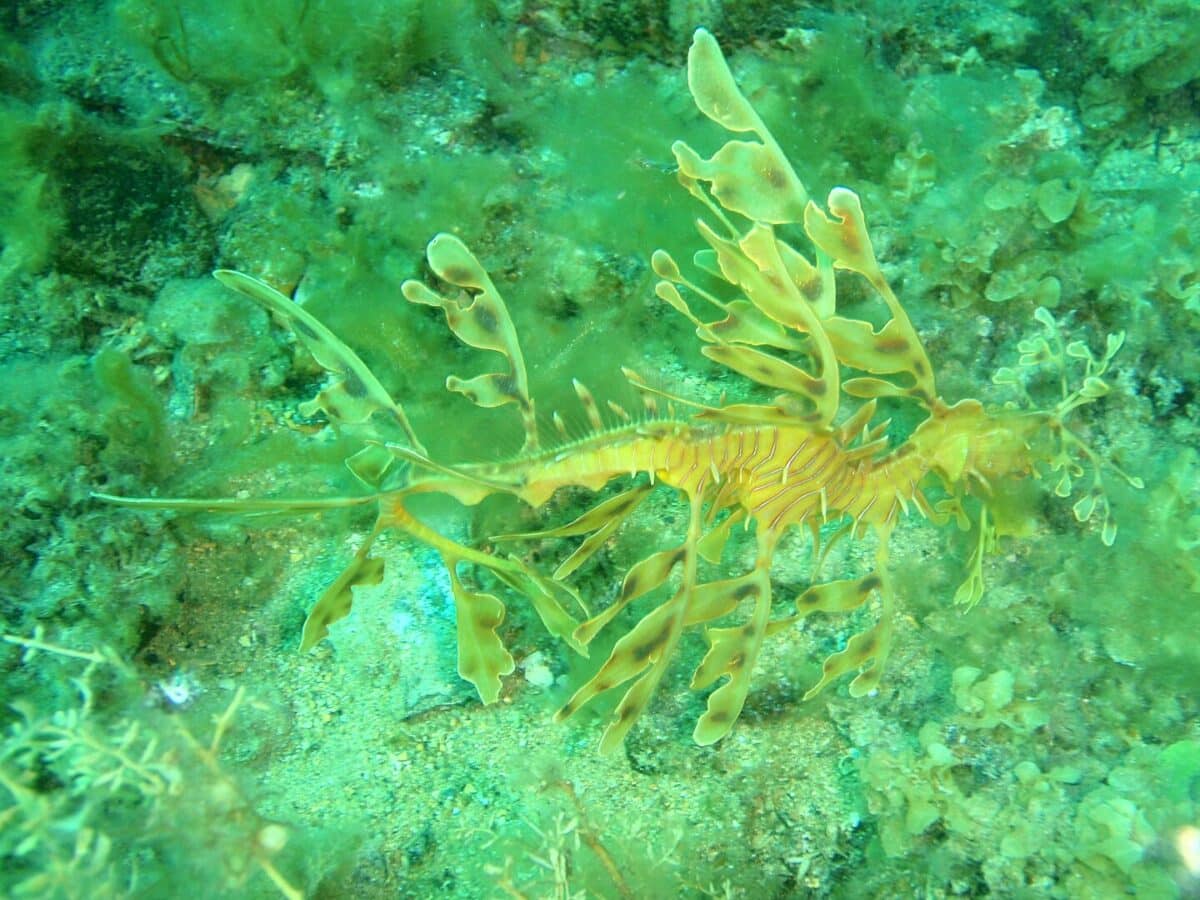
7. Orange Oakleaf
Camouflage is a captivating characteristic found within the vast realm of the animal kingdom. It allows animals to blend in with their surroundings, making them practically invisible to predators or prey. Among these creatures is the orange oakleaf, a butterfly adapted to its environment by resembling a dead, curled-up leaf. Its wings are mottled with shades of brown, orange, and black, and their jagged edges resemble notches in a leaf’s edge.
When the butterfly rests, it angles its wings to make them appear like a stem and petiole to complete the illusion. The orange oak leaf’s successful use of camouflage highlights the importance of adaptation in the natural world. It offers a glimpse into the creative solutions animals have developed to ensure their survival.
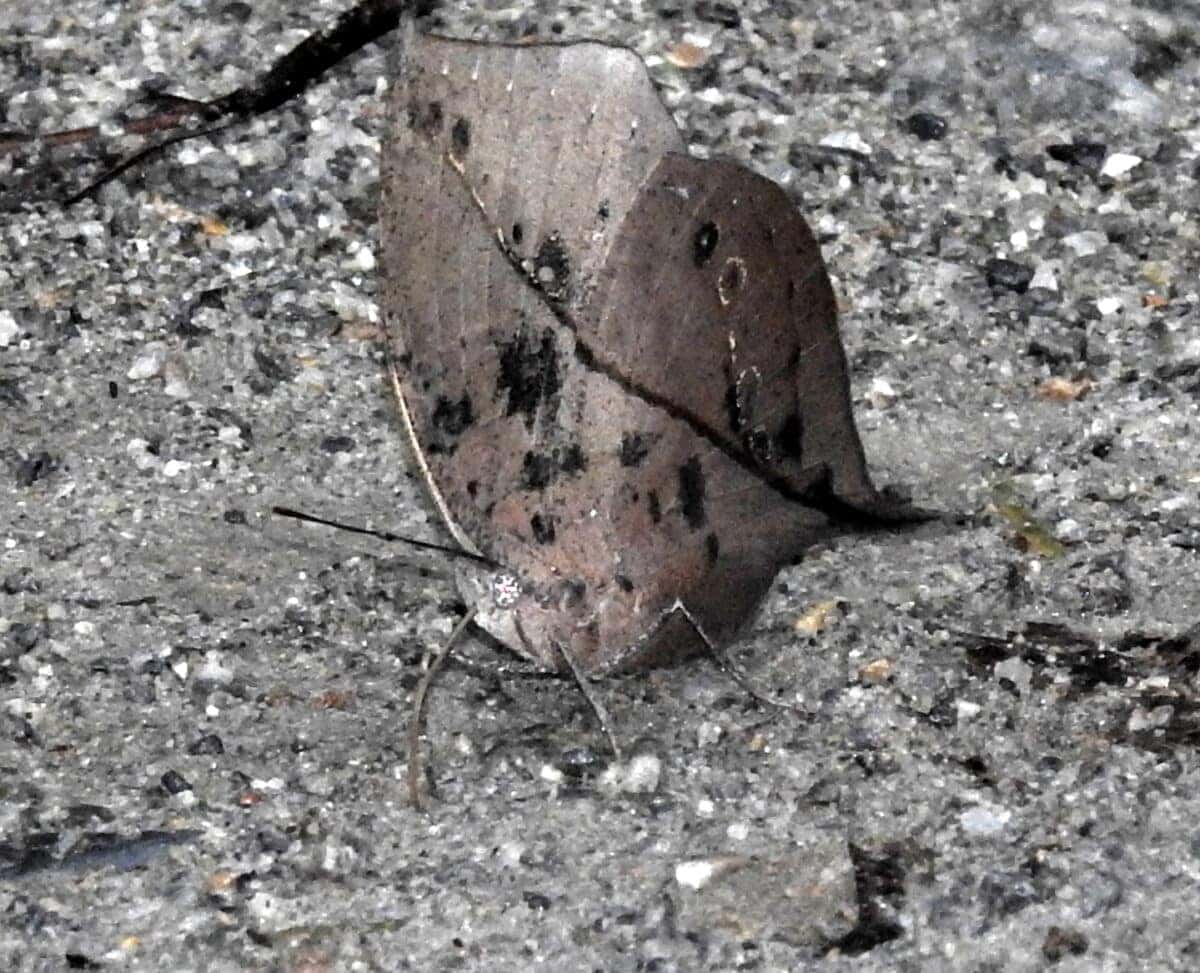
8. Katydid
Katydid, commonly called a bush cricket, is a captivating insect renowned for its extraordinary camouflage abilities. This remarkable creature has gained recognition for its unique and impressive capability to blend seamlessly into its surroundings. These animals are typically found in warm, tropical regions worldwide and have developed a unique ability to blend in with their surroundings to avoid predator detection. Katydid’s body structure and coloration are natural camouflages that help them hide in plain sight.
Their long and slender body makes them resemble sticks or leaves, and their green coloration allows them to match the color of the foliage. The Katydid possesses a fascinating adaptation known as leaf-like wings, which allow it to blend seamlessly with its surroundings. This remarkable ability for camouflage makes the Katydid an exceptional master of disguise.
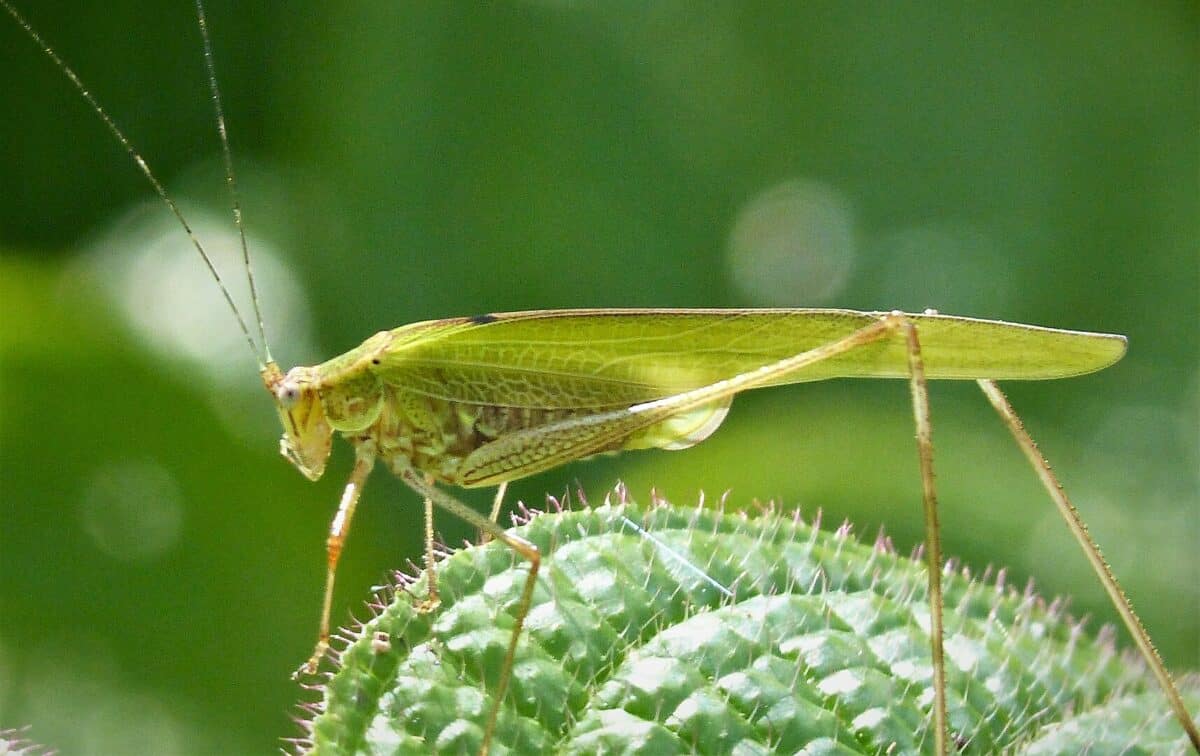
9. Octopus
Octopuses are fascinating creatures known for their impressive abilities to camouflage and blend in with their surroundings. They possess a remarkable ability to modify the texture of their skin by manipulating small protrusions known as papillae. These papillae can be raised or lowered by the octopuses, allowing them to change the overall texture of their skin. This remarkable adaptation enables octopuses to blend seamlessly into their surroundings, providing them with effective camouflage.
This impressive ability to blend in with their surroundings allows octopuses to protect themselves from danger and hunt more effectively. It’s no wonder why these intelligent creatures have always been a source of fascination for scientists and marine enthusiasts alike.
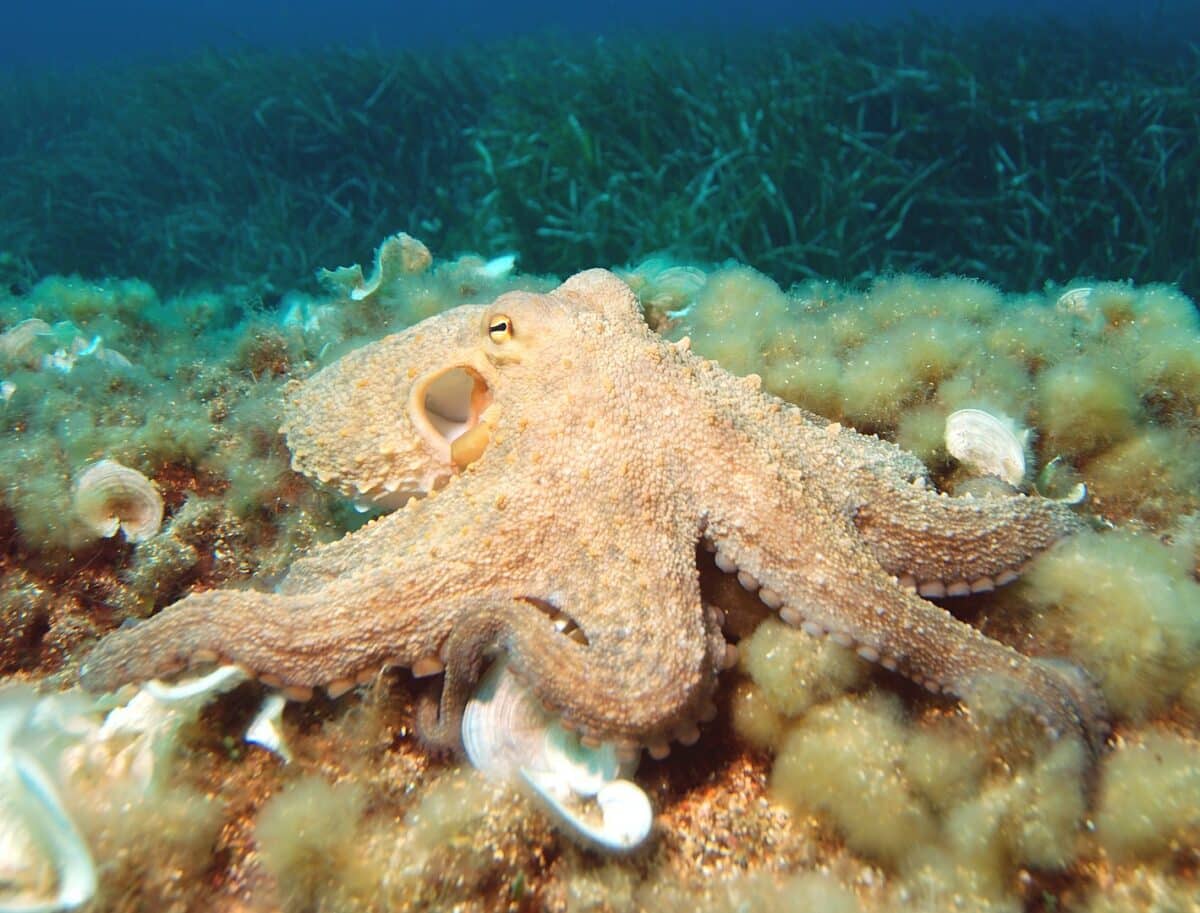
10. Leopard
The leopard is one of the most fascinating big cats. Known for its distinctive markings, this adaptable predator has long been admired for its skillful use of camouflage in hunting and survival. The leopard’s spots and rosettes are so effective at blending into their surroundings that they are often called nature’s perfect camouflage.
It’s no wonder that humans have been fascinated by these creatures for centuries, with many cultures featuring depictions of this beautiful cat in their art and mythology. But while the leopard may be an icon of the animal kingdom, it is also threatened by habitat loss and poaching. That’s why conservation efforts are so important in helping to protect this remarkable species for future generations to appreciate and enjoy.
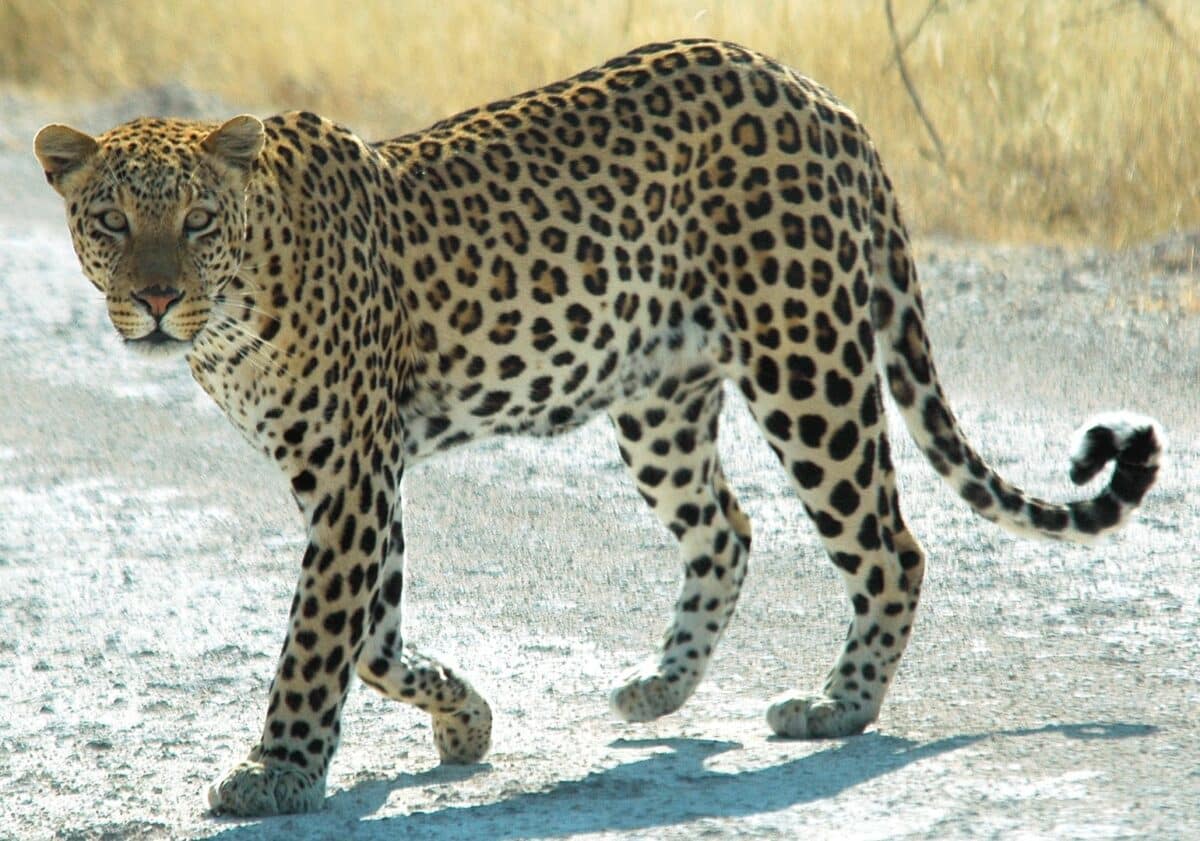
Frequently Asked Questions
What Is The Most Advanced Camouflage Animal?
The mimic octopus is the most advanced camouflaging animal with the ability to mimic other animals’ shapes, colors, and movements.
How Do Animals Change Their Colors To Blend In?
Animals like chameleons, cuttlefish, and cephalopods have specialized skin cells called chromatophores containing pigments that change colors. Some animals also change the texture of their skin to match their environment.
Can Camouflage Be A Form Of Defence And Offense For Animals?
Yes, camouflage can be a defense mechanism to avoid predators and an offense tactic to catch prey. Some animals use advanced camouflage techniques like disruptive coloration, breaking up the color pattern on their body to hide completely from predators.
The Bottom Line
From the octopus, who can use its tentacles to imitate other creatures, to the amusing butterflyfish whose stripes blend in with its surroundings, these are some of nature’s most amazing camouflage artists. Not only have they evolved highly specialized techniques for evading predators, but their existence gives us a fascinating insight into the complexity of life on Earth.
Whether we’re talking about how species differentially adapt their behavior or morphology based on local environmental factors or the exact physiological processes that enable an animal to blend in with its environment, knowledge of camouflage animals is incredibly captivating and informative.
So why not join us in exploring these silent masters of disguise? Take a minute to investigate these camouflage creatures and witness first-hand how incredible life on Earth is!
If you enjoyed this blog, read more on:
Amur Leopard: World’s Most Endangered Big Cat
Discover 4 Chameleons Who Give Live Birth
Join our Forum for free today!

- Usain Bolt vs. Peregrine Falcon – Speed Test in Their Domains - May 18, 2024
- Top 10 Animals in Yellowstone National Park - April 12, 2024
- Top 10 Omnivores - March 9, 2024

